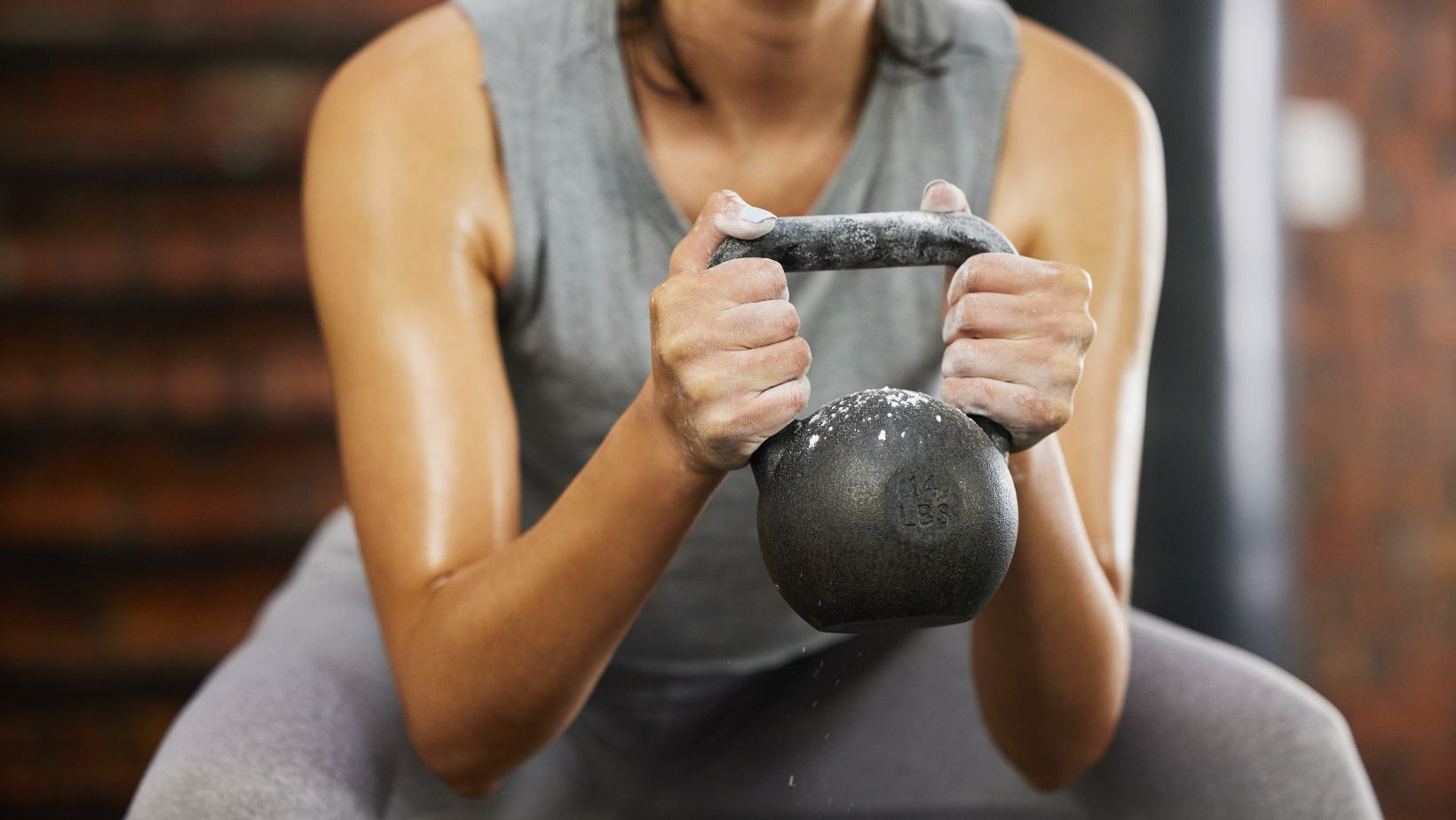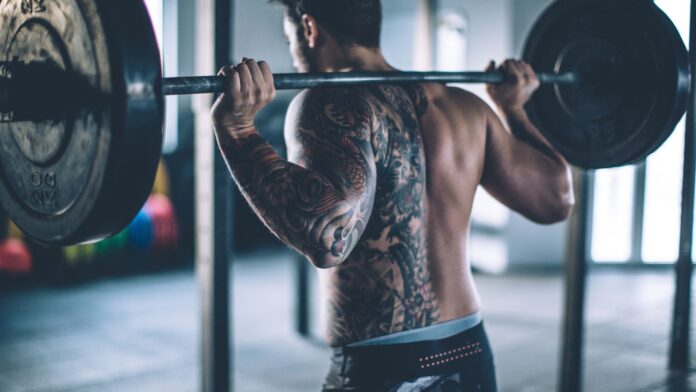When it comes to exercise, optimizing heat release is crucial for your body’s performance and overall well-being. Whether you’re a professional athlete or a casual gym-goer, understanding how to regulate your body temperature can make a significant difference in your workout experience. In this article, I’ll delve into the importance of heat release during exercise and provide you with practical tips to maximize your body’s cooling mechanisms. Stay tuned to discover the secrets to achieving peak performance while keeping your body cool and comfortable.
Maintaining an optimal body temperature is key to achieving your fitness goals and avoiding heat-related illnesses. During exercise, your body generates heat, and if not properly released, it can lead to discomfort, reduced performance, and even heat exhaustion. In this article, I’ll explore the science behind heat release and share effective strategies to prevent overheating. From hydration techniques to choosing the right clothing, you’ll learn how to optimize your body’s cooling system and enhance your exercise routine.
During Exercise Your Body Releases Heat By
When it comes to exercise, it’s not just about pushing yourself to the limit or breaking a sweat. Optimizing heat release during your workout is a crucial factor that can make all the difference in achieving your fitness goals and avoiding heat-related illnesses.
The human body is designed to maintain a specific internal temperature to function optimally. During exercise, the body generates heat as a result of increased muscle activity. To prevent overheating, the body relies on its cooling mechanisms, such as sweating and increased blood flow to the skin, to dissipate heat and regulate temperature.
Understanding Heat Regulation in the Body
When we exercise, our bodies generate heat as a natural byproduct of muscle contraction. It’s important to understand how our bodies regulate this heat to maintain a safe and optimal internal temperature.
One key mechanism our bodies use to release heat is through the process of sweating. As we exercise, our sweat glands become activated and release moisture onto the surface of our skin. This moisture then evaporates, taking heat from our bodies with it. Evaporation is an efficient cooling process because it requires energy, which is taken from the surrounding environment and our bodies.

Factors that Affect Heat Release During Exercise
When it comes to optimizing heat release during exercise, it’s important to understand the factors that can affect how efficiently your body cools down. By being aware of these factors, you can take steps to maximize your body’s cooling mechanisms and prevent overheating. Here are some key factors to consider:
1. Intensity and Duration of Exercise: The intensity and duration of your workouts play a significant role in how much heat your body generates. High-intensity exercise or prolonged workouts can cause your body temperature to rise quickly, making it crucial to pay attention to heat release strategies.
2. Environmental Conditions: The environment in which you exercise can greatly impact your body’s ability to release heat. Hot and humid conditions make it more difficult for sweat to evaporate, hindering the cooling process. On the other hand, exercising in cold environments may cause vasoconstriction, reducing heat loss.
3. Hydration Levels: Proper hydration is essential for maintaining optimal heat release during exercise. When you’re dehydrated, your body’s ability to sweat and cool down efficiently is compromised. Make sure to drink enough water before, during, and after your workouts to stay hydrated.
4. Clothing and Gear: The clothing and gear you choose to wear during exercise can affect heat release. Opt for lightweight, breathable fabrics that allow sweat to evaporate and promote airflow. Avoid tight-fitting clothes that can trap heat and hinder the cooling process.
5. Fitness Level and Acclimation: Your fitness level and acclimation to exercise in heat also play a role in heat release. Well-trained individuals tend to have more efficient cooling mechanisms and adapt better to heat stress. Gradually acclimating yourself to exercising in hot conditions can improve your body’s heat release capacity.
Conclusion
Optimizing heat release during exercise is crucial for athletes to enhance their performance and prevent overheating. This article has provided practical tips to achieve this goal.
Proper hydration is key to maintaining a balanced body temperature. Athletes should drink plenty of fluids before, during, and after workouts to replenish lost fluids and electrolytes.
Dressing appropriately can also help regulate body temperature. Wearing lightweight, breathable fabrics that wick away sweat can keep athletes cool and comfortable.


